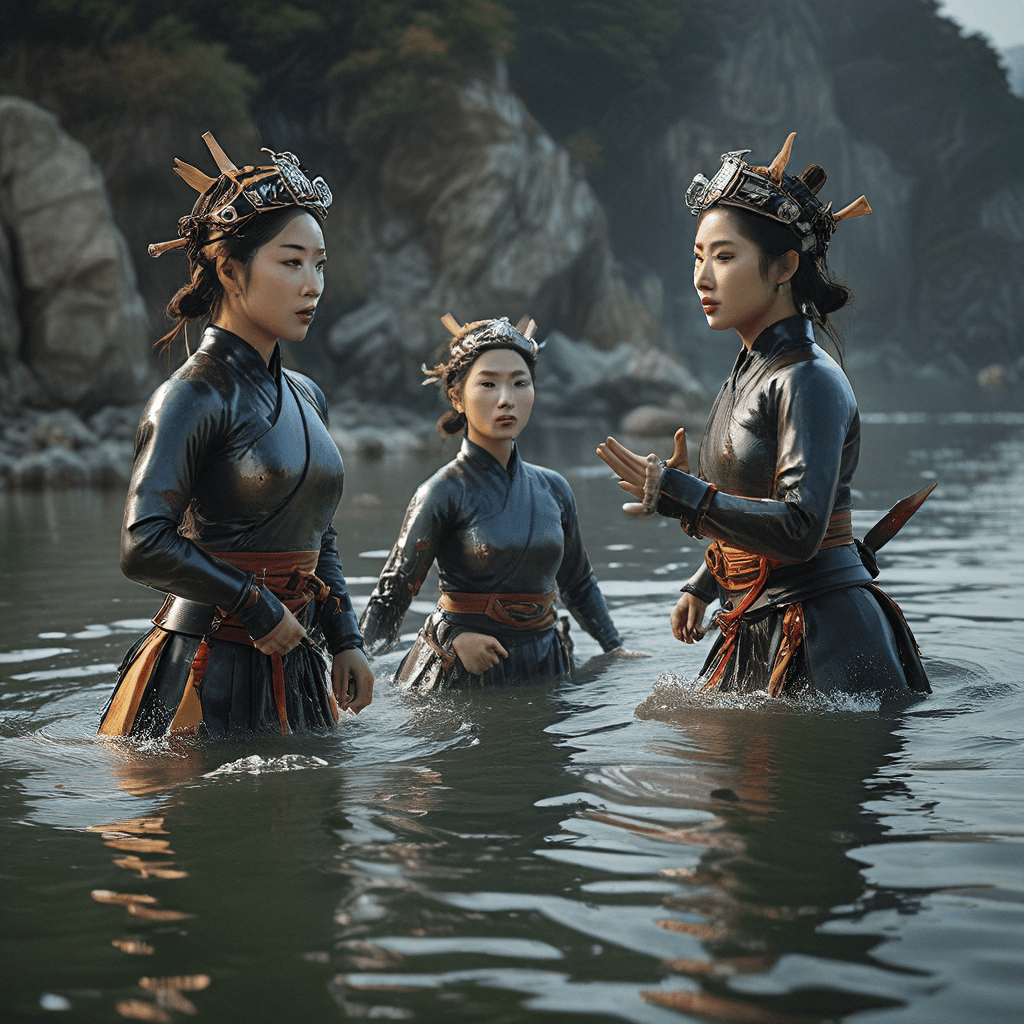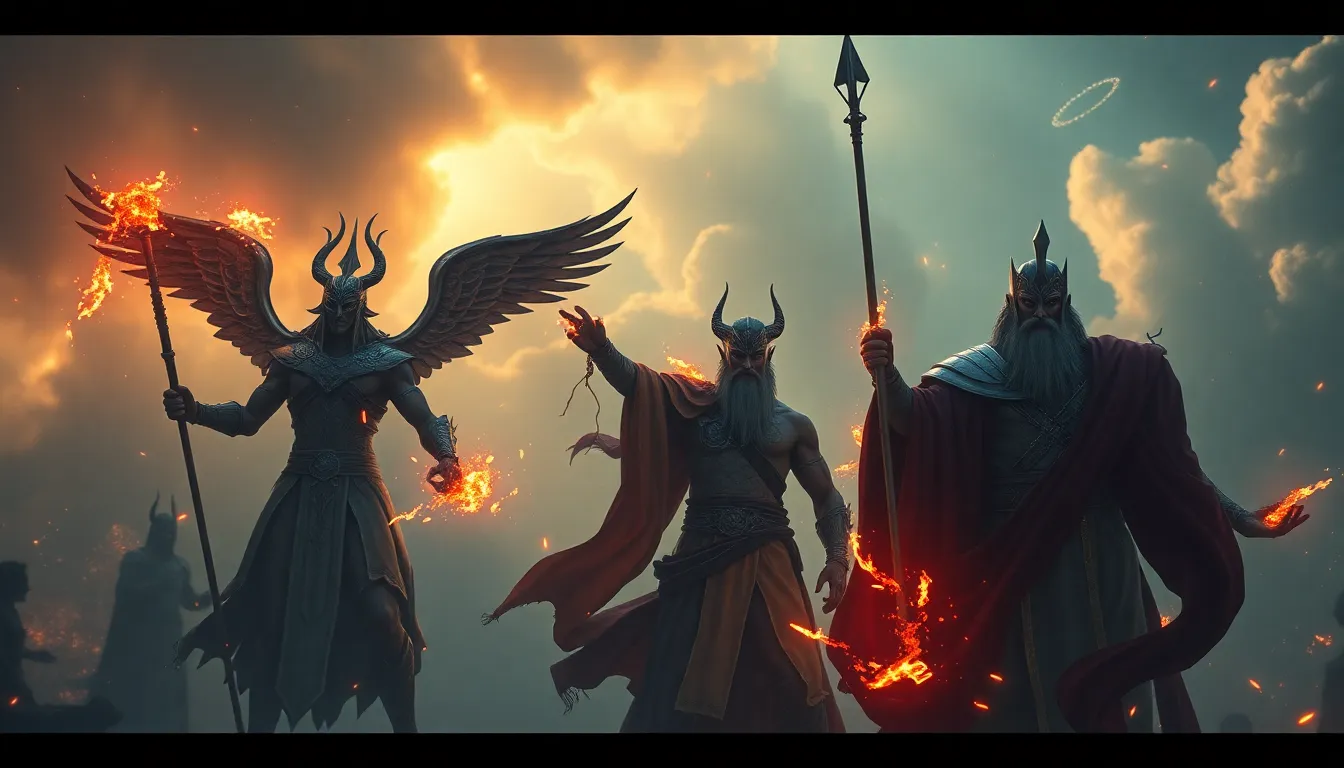The Role of Shamans in Mayan Society
The Mayan civilization, renowned for its intricate cosmology and sophisticated social structures, held a profound respect for the role of shamans. These individuals served as spiritual intermediaries, healers, and guides, bridging the physical world with the realm of the gods and spirits. Understanding the multifaceted role of shamans in Mayan society sheds light on the cultural and spiritual underpinnings of this ancient civilization.
The Mayan Creation Myth and the Role of Shamans
The Mayan creation myth, recorded in the Popol Vuh, describes the critical role of shamans in shaping the world. According to the myth, the Hero Twins, guided by the shaman Hun-Hunahpu, descended into the underworld to retrieve the sacred maize that would nourish humanity. This act of shamanic intervention underscores the belief that shamans possessed the ability to access and manipulate the supernatural realm, influencing the well-being of their communities.
Shamans as Intermediaries Between Humans and the Spirit World
In Mayan society, shamans served as intermediaries between the human world and the realm of the gods and spirits. They possessed the ability to communicate with the supernatural, intercede on behalf of individuals, and influence the course of events. Through rituals, trance states, and divination, shamans navigated the spirit world, seeking guidance, healing, and protection for their communities.
Healing and Medicine
Shamans played a central role in Mayan medicine, diagnosing and treating illnesses using a combination of herbal remedies, rituals, and spiritual healing practices. They were believed to possess a deep understanding of the human body and the connection between physical and spiritual well-being. Their treatments often involved identifying the spiritual cause of an illness and addressing it through rituals and offerings to appease the gods or spirits.
Divination and Prophecy
Shamans were also skilled in divination and prophecy, using various techniques such as casting bones, interpreting dreams, and observing celestial phenomena. They were consulted for guidance on matters of personal and societal importance, providing insights into the future, predicting the outcome of events, and offering advice on decision-making.
Rituals and Ceremonies
Shamans played a crucial role in conducting rituals and ceremonies, which were integral to Mayan life. These rituals served to appease the gods, maintain cosmic balance, and ensure the well-being of the community. Shamans acted as the officiants, leading elaborate ceremonies involving offerings, prayers, and invocations to the supernatural realm.
Social and Political Influence
Beyond their spiritual and healing roles, shamans often wielded considerable social and political influence. Their knowledge, authority, and ability to communicate with the supernatural realm granted them a position of respect and power within Mayan society. They served as advisors to rulers, providing guidance and counsel on matters of governance and leadership.
Conclusion
The role of shamans in Mayan society was multifaceted and profound. They served as spiritual intermediaries, healers, diviners, ritual leaders, and social influencers, deeply intertwined with the cultural and spiritual fabric of Mayan civilization. Their ability to bridge the gap between the physical and supernatural realms played a vital role in maintaining cosmic balance, ensuring the well-being of the community, and shaping the course of Mayan history.
6. Theories and Interpretations
The role of shamans in Mayan society has attracted considerable interest from anthropologists, archaeologists, and scholars of ancient religions. Various theories and interpretations have emerged to understand the complex relationship between shamans, the supernatural realm, and the broader social and cultural context.
One prominent perspective is the anthropological approach, which views shamans as individuals who possess specialized knowledge and skills that allow them to mediate between the human and spirit worlds. Anthropologists argue that shamans often undergo rigorous training and initiation rituals, acquiring a deep understanding of herbal medicine, divination techniques, and ritual practices. This knowledge, combined with their ability to enter altered states of consciousness, enables them to access and manipulate the supernatural realm.
Another important perspective is archaeological evidence, which provides insights into the material culture associated with shamanic practices. Archaeological discoveries of shamanic paraphernalia, such as ritual objects, hallucinogenic substances, and elaborate tombs, offer tangible evidence of their role in Mayan society. These artifacts shed light on the rituals, beliefs, and social status of shamans, providing valuable clues to their practices and influence.
The role of shamans in modern Mayan society continues to evolve, reflecting the dynamic nature of cultural traditions and religious beliefs. While some indigenous communities maintain traditional shamanic practices, others have adapted and integrated them into contemporary belief systems. The persistence of shamanism in modern contexts highlights its enduring significance as a source of spiritual guidance, healing, and connection to the ancestral past.
7. The Anthropological Perspective on Shamans
From an anthropological perspective, shamans are individuals who occupy a unique position within their societies, serving as intermediaries between the human and spirit worlds. Their role is often characterized by specialized knowledge, ritual practices, and the ability to enter altered states of consciousness. Anthropologists argue that shamans undergo rigorous training and initiation rituals, acquiring a deep understanding of herbal medicine, divination techniques, and ritual practices. This knowledge, combined with their ability to enter trance states or communicate with spirits, enables them to access and manipulate the supernatural realm on behalf of their communities.
8. The Archaeological Evidence for Shamans
Archaeological evidence provides valuable insights into the material culture associated with shamanic practices in Mayan society. Excavations of ancient Mayan sites have unearthed a wealth of artifacts, including ritual objects, hallucinogenic substances, and elaborate tombs, which offer tangible evidence of the role of shamans. These artifacts shed light on the rituals, beliefs, and social status of shamans, providing valuable clues to their practices and influence. For example, the discovery of elaborate shamanic tombs suggests that shamans held positions of high status and respect within their communities.
9. The Role of Shamans in Modern Mayan Society
The role of shamans in modern Mayan society continues to evolve, reflecting the dynamic nature of cultural traditions and religious beliefs. While some indigenous communities maintain traditional shamanic practices, others have adapted and integrated them into contemporary belief systems. The persistence of shamanism in modern contexts highlights its enduring significance as a source of spiritual guidance, healing, and connection to the ancestral past. Modern-day shamans may combine traditional practices with contemporary approaches, incorporating elements of psychology, alternative medicine, and environmental awareness into their work.
10. Additional Information
FAQ
What is the difference between a shaman and a priest?
While both shamans and priests serve as religious figures, their roles differ in several key aspects. Priests typically represent an established religious institution, adhering to a codified set of doctrines and rituals. Shamans, on the other hand, often operate independently, drawing upon personal experiences and direct communication with the spirit world. Additionally, shamans may engage in practices that are considered unorthodox or outside the realm of traditional religion.
How do shamans enter altered states of consciousness?
Shamans employ various techniques to enter altered states of consciousness, including drumming, chanting, dancing, fasting, and the use of hallucinogenic substances. These practices allow them to transcend the limitations of ordinary perception and access the spirit world. The specific methods used vary depending on the cultural context and individual shaman.
Do shamans still exist today?
Yes, shamanism continues to be practiced in various indigenous cultures around the world, including among the Maya. Modern-day shamans may adapt traditional practices to contemporary contexts, incorporating elements of psychology, alternative medicine, and environmental awareness into their work.



